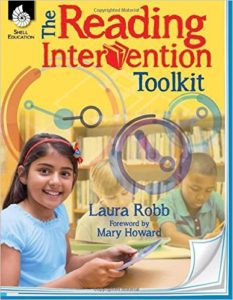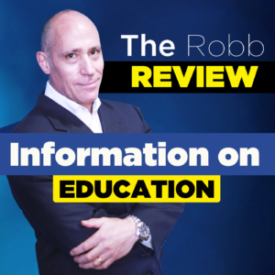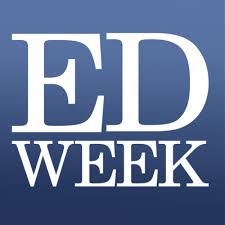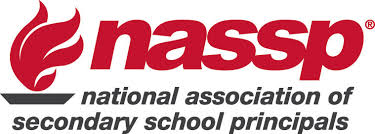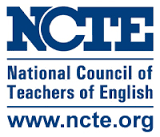You Can’t “Fire” Your Way To Excellence

Over time, I have learned neither the school principal nor any other administrative “leader,” can fire staff as a pathway to their personal excellence. Effective principals understand it takes time for a teacher to grow and develop the skills necessary to integrate best practices into a student-centered environment. Effective principals understand that at times, a variety of supports can improve teachers’ practice and class management. It’s important to understand this: a principal cannot build a positive student-focused culture by removing staff in hopes of the perfect teacher showing up for an interview.
A point before reading further: I want to make it clear–there are times when a teacher should not be offered a contract. However, these kinds of decisions should be few and far between and put into action only after considerable intervention and support.
The principal either helps staff grow or not. A commitment to helping staff grow is the best path to teacher improvement. Every school has some rock star teachers, and every school has some staff who struggle. An effective school has layers of support, and it’s my belief that every school should have key elements in place to provide support for staff who struggle.
What is the quickest way to improve a school? Hire the best and most highly skilled teachers for every classroom. But this is not possible. Hiring is competitive, and the best in any profession have more choices than others. There are two choices for the principal who wants to improve a school: believe the falsehood of firing to achieve excellence or commit to making your staff better. Effective principals value all school community members and dedicate themselves to improving teachers’ skill. Providing support teachers require to improve their practice takes time, energy, communication, and a commitment to growth. That’s why schools leadership is hard work.
There is no fast track to help principals shift to a more supportive culture. However, change can happen when the principal is committed to a healthy, positive culture for the school. Schools, where teachers feel supported to grow and improve, have some commonalities. Does your school have my top five?
- Hire the Right Staff: When positions are open, effective principals set up interview committees with several teacher leaders who collectively know the skills the teacher needs and what person is the best for the school. Effective principals are patient and do not mind doing many interviews to find the best candidate. The best principals know experience does not necessarily equal a great teacher. Talent will always make a difference and can be more valuable than experience. Opening the hiring process to groups of teachers can support a school’s culture and prevent the challenges a poor hire brings.
- Formalized Mentor Program: New staff need support. Effective schools have well planned and coordinated mentor programs for teachers. Effective principals make sure all new staff have a mentor in their school who will be supportive and great role model for the new staff member.
- Professional Development: Effective principals work with their staff to plan ongoing professional development based on the needs of the building. As I have stated in other posts, one and done professional development does not work.
- A Student-Focused Culture: Effective principals know the impact of a positive culture focused on students. A positive, student-centered culture makes a difference and is always lead by the principal. Schools with positive cultures have positive principals. The opposite is equally true–a principal can create a negative environment. Often, this occurs when the principal blames other factors for the negative environment instead of looking in the mirror and reflecting on his or her words and actions.
- Competitive Wages and Benefits: Yes, I said it. This is whispered by many but not often stated. People who teach need wages and benefits they can live on, and they must be competitive with surrounding districts. Effective principals know if salaries are not competitive they will face challenges to retain staff and they will have a hard time attracting the best staff.
Helping others grow is part of leadership. Every school leader was once a new teacher. A new teacher with hopes, dreams, and challenges. Always remember someone took a chance on you, and some or hopefully many helped develop you into the person you are today. Extend the same support to those who struggle. Always keep in mind, whether spoken or seen on T.V. news, you cannot “fire” your way to excellence.
Follow Evan on Twitter @ERobbPrincipal
Check out Evan’s blogs on the Scholastic EDU webpage!
Bring Laura and Evan to your school division! Our website is Robb Communications
For additional ideas, check out Evan’s Book!
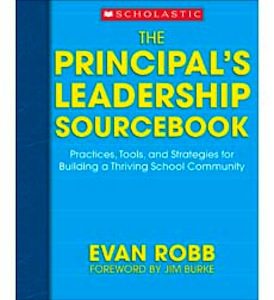
![]()

